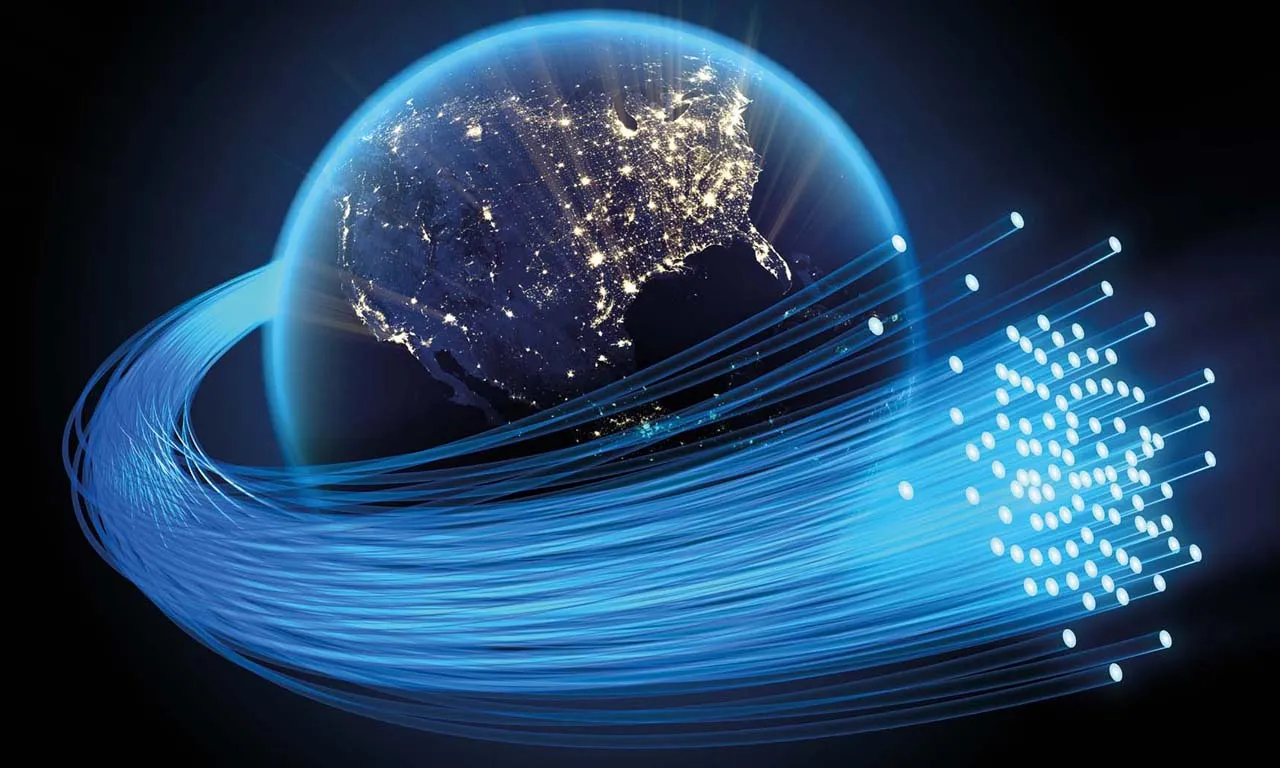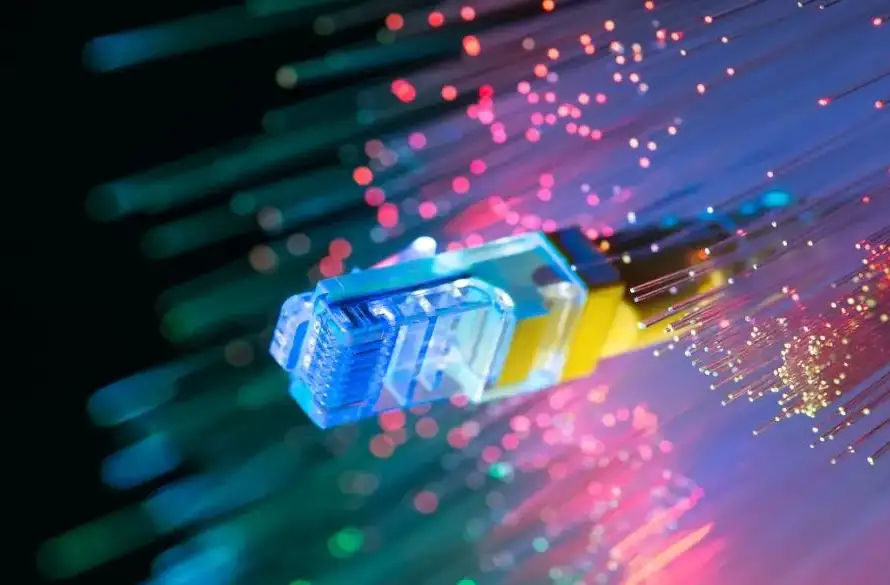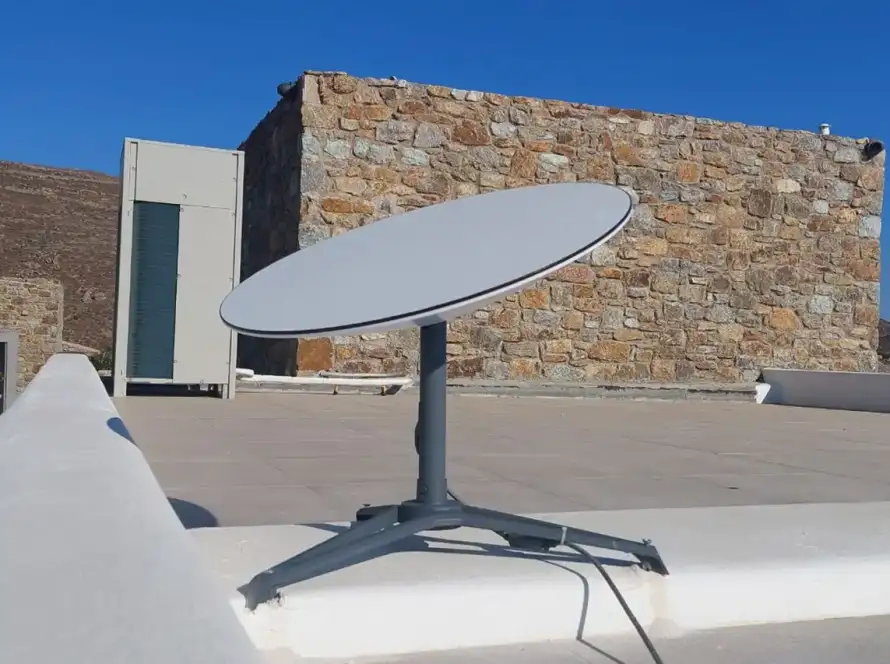Technological innovations have radically changed the way information is transmitted in the modern world.
One of these innovations is optical fibre, which provides reliable, fast and efficient data transmission.
This article will introduce you to fibre optic technology, its benefits and how it affects our daily lives.
Basic Principles of Optical Fibres
Optical fibres are thin, transparent fibres made of glass or plastic.
Their main operating principle is based on the phenomenon of total internal reflection. An optical signal, usually light, enters the fibre and is repeatedly reflected back into it, leading the signal to its destination.
This phenomenon allows optical fibres to transmit information over long distances with minimal signal loss.
Types of optical fibres
There are different types of fibre optics, each with its own advantages and uses. The most common are single-mode optical fibres and multi-mode optical fibres.
Single-mode optical fibres allow the transmission of a single beam of light and are used for long distances such as in cabled telecommunications networks.
Multi-mode fibre optics can transmit many different light signals simultaneously and are usually used for shorter distances such as in indoor networks or residential fibre optics.
Optical Fibres in Everyday Life
Optical fibres have impressive applications that affect our daily lives. Let's take a look at a few areas where fiber optics are critical:
Telecommunications
Optical fibres have developed significantly in recent years and are used extensively in telecommunications networks. They provide high data transmission speed and higher capacity than traditional copper cables.
This has enabled the development of fast internet connections, but also reliable telephone communication with high quality sound.
Modern telecommunications owe much to fibre optics, which enable fast and reliable data transmission globally.
SecureNet Solutions
Medicine and Diagnosis
Optical fibres have important applications in the field of medicine and diagnostics.
The fibres can be used to transmit light in various examinations, such as endoscopy, allowing internal imaging of the body without the need for surgery.
Computer Networks and the Internet of Things
Fibre optics are critical to the operation of modern computer networks and the Internet of Things (IoT). With high speed and capacity, fibre optics enable reliable data transmission between devices.
Economic Benefits and Sustainability
The use of fibre optics has economic benefits for various businesses and communities.
Fibre optic cable installations are less prone to failure and require less maintenance than traditional copper cables.
Also, fibre optics are environmentally friendly, as they help reduce CO2 emissions and save energy consumption compared to traditional cables.
Conclusions
Fibre optics have changed the way information is transmitted and stored globally. This technology offers fast, reliable and efficient data transmission in a variety of fields, from telecommunications to medicine.
With the continued development of fibre optics, we can expect to see even more applications that will impact our lives and technology further.
Fibre optics represent the future of information transmission, bringing speed and reliability to our connection with the rest of the world.




